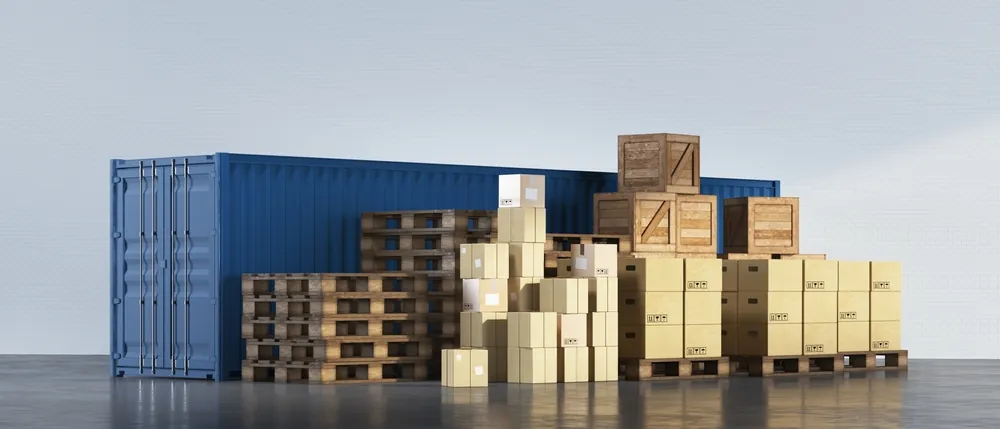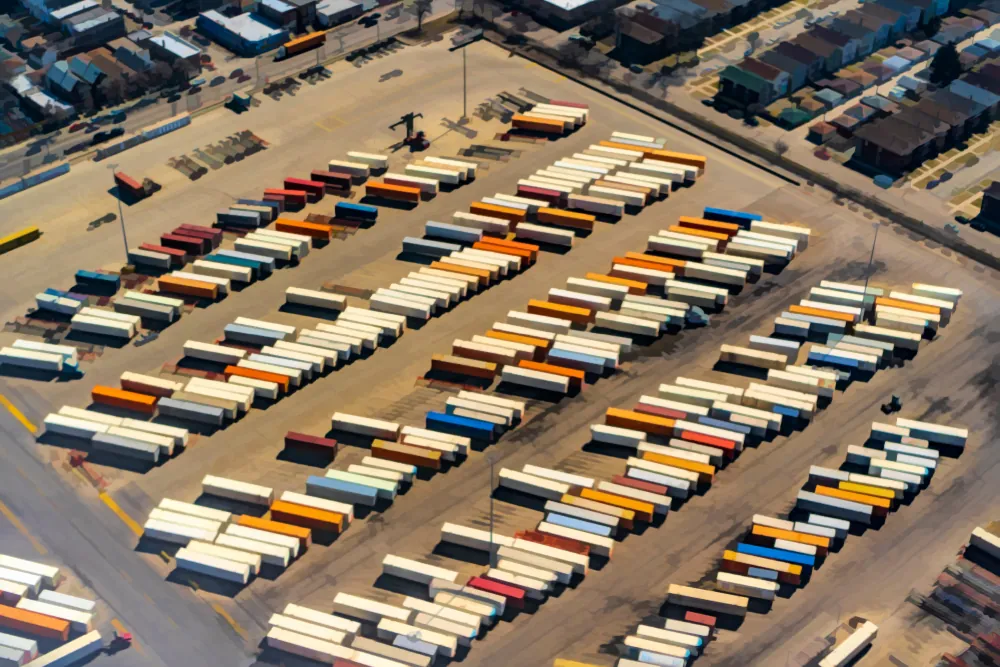
Drayage Services
In the extensive world of logistics, the term "freight drayage services" might sound complex and unfamiliar to many. However, its significance in the transportation industry is immense, playing a crucial role in the movement of goods from one point to another. Understanding the concept of freight drayage services will include breaking down the various parts of this service to provide a clear and complete overview.
What is Freight Drayage?
At its core, freight drayage refers to the short-distance transportation of goods over land, typically within a local area, such as ports, rail yards, or distribution centers. Picture a scenario where goods arrive at a port via ship or at a rail yard via train. These goods need to be transported to their final destination, which could be a warehouse, a retail store, or another mode of transportation for further shipment. This is where freight drayage services come into play.
Awards and Endorsements
- 2021, 2017 & 2016 Food Logistics’ Top Green Providers
- 2021 & 2018 Supply & Demand Chain Executives’ Pros to Know: Matthew Brosious
- 2020 & 2019 Top Food Logistics’ 3PL & Cold Storage Provider Award
- 2020 & 2019 Business Observer’s Top 500 Companies on the Gulf Coast
- 2020 & 2019 Business Observer’s Top 500 Companies on the Gulf Coast
- 2020 & 2017 Food Logistics’ Champions: Rock Stars of the Supply Chain
- 2020 Best of Palm Harbor Awards for Local Businesses
- 2017 Green Supply Chain Award from Supply & Demand Chain Executive
- 2017 Tampa Bay Business Journal Heroes at Work
- 2016, 2015, & 2012 Food Logistics Top 100 Software and Technology Providers
- 2013 Tampa Bay Business 100 by Tampa Bay Business Journal
- 2013 Top 100 Great Supply Chain Partners by SupplyChainBrain
- 2012 TIA Samaritan Award Honorable Mention
- 2012, 2011 & 2010 TBBJ Fast 50 Recipient

Why Choose FreightCenter for Freight Drayage Services
FreightCenter stands out as the top choice for businesses regarding drayage services.
- Industry Experience: With years of experience, we know the ins and outs of freight transportation, ensuring you get the best service possible.
- Wide Network of Carriers: Our extensive network of carriers means you have plenty of options for your drayage needs, whether it’s port, rail, or airport drayage.
- Easy-to-Use Technology: Our online platform makes booking and tracking shipments a breeze, giving you complete control and visibility every step of the way.
- Great Prices: We negotiate competitive rates with our carriers, so you get top-quality service without breaking the bank.
- Exceptional Customer Support: Our dedicated team is available 24/7 to help with any questions or concerns, providing personalized assistance whenever needed.
- Reliability: You can trust us to handle your freight carefully and ensure it arrives safely and on time.
- Flexibility: We offer flexible solutions tailored to your specific needs so you get exactly what you need when you need it.
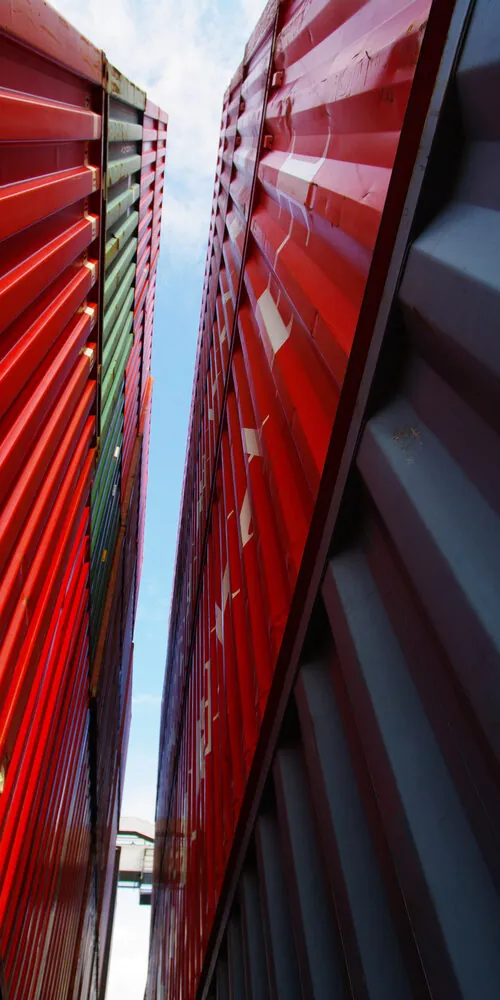
Key Components of Freight Drayage Services:
1. Local Transportation: Freight drayage primarily involves cargo movement over short distances, usually within the same metropolitan area or region. It’s like the last-mile delivery in a broader logistics chain, ensuring that goods reach their destination promptly and efficiently.
2. Intermodal Connectivity: In many cases, freight involves the transfer of goods between different modes of transportation, such as ships, trains, and trucks. For example, a container arriving at a port might need to be transported to a rail yard for onward shipment via train.
Freight drayage services facilitate this seamless transition between modes, optimizing the supply chain.
3. Container Handling: Containers are universal in freight transportation, serving as standardized units for storing and transporting goods. Freight drayage providers are responsible for loading, unloading, and transporting these containers, often utilizing specialized equipment such as chassis and forklifts to ensure safe handling.
4. Time-sensitive Deliveries: Efficiency is important in any freight operations, especially when dealing with time-sensitive shipments. Whether perishable goods need immediate transport or just-in-time inventory replenishment for manufacturing facilities, services play a vital role in meeting delivery deadlines.
5. Regulatory Compliance: Like any aspect of transportation, freight is subject to various regulations and compliance standards. This includes adherence to safety protocols, environmental regulations, and licensing requirements.
Reputable drayage providers fully comply with these regulations to mitigate risks and maintain operational integrity.

Types of Freight Drayage Services
Freight drayage services encompass various types tailored to meet specific transportation needs. Understanding these different types can help businesses make informed decisions when selecting a provider.
1. Port Drayage: Port drayage involves the movement of containers or goods within port facilities. This could include transporting containers from ships to storage yards or warehouses within the port area.
Port plays a crucial role in facilitating the efficient flow of cargo through maritime terminals.
Port providers typically operate within strict timelines to ensure the timely delivery of containers to and from vessels. They are well-versed in port procedures and regulations, navigating the complex environment of maritime logistics with precision and efficiency.
2. Rail Drayage: Rail drayage focuses on the transportation of goods between rail yards and other locations, such as warehouses, distribution centers, or manufacturing facilities. It involves the movement of containers or trailers to and from rail terminals, enabling seamless intermodal transportation.
Rail providers specialize in coordinating the transfer of goods between railroads and other modes of transportation, ensuring smooth transitions and timely deliveries.
They often utilize specialized equipment and expertise to handle containers and trailers with care, maximizing efficiency and minimizing transit times.
3. Airport Drayage: Airport drayage services involve the transportation of cargo to and from airports, catering to air freight operations. This includes the movement of goods between airports and nearby distribution centers, as well as the delivery of cargo to and from aircraft.
Airport providers are well-equipped to handle the unique requirements of air freight logistics, including stringent security protocols and tight delivery schedules.
They play a crucial role in facilitating the timely movement of goods via air transportation and supporting industries such as e-commerce, perishables, and high-value cargo.
4. Intermodal Drayage: Intermodal drayage refers to the transportation of goods between different modes of transportation, such as ships, trains, trucks, and aircraft. It involves coordinating the transfer of containers or trailers at intermodal facilities and optimizing the efficiency of multi-modal supply chains.
Intermodal providers specialize in bridging the gap between various transportation modes, ensuring seamless connectivity and smooth transitions throughout the logistics process.
By leveraging intermodal capabilities, businesses can enhance flexibility, reliability, and cost-effectiveness in their supply chain operations.
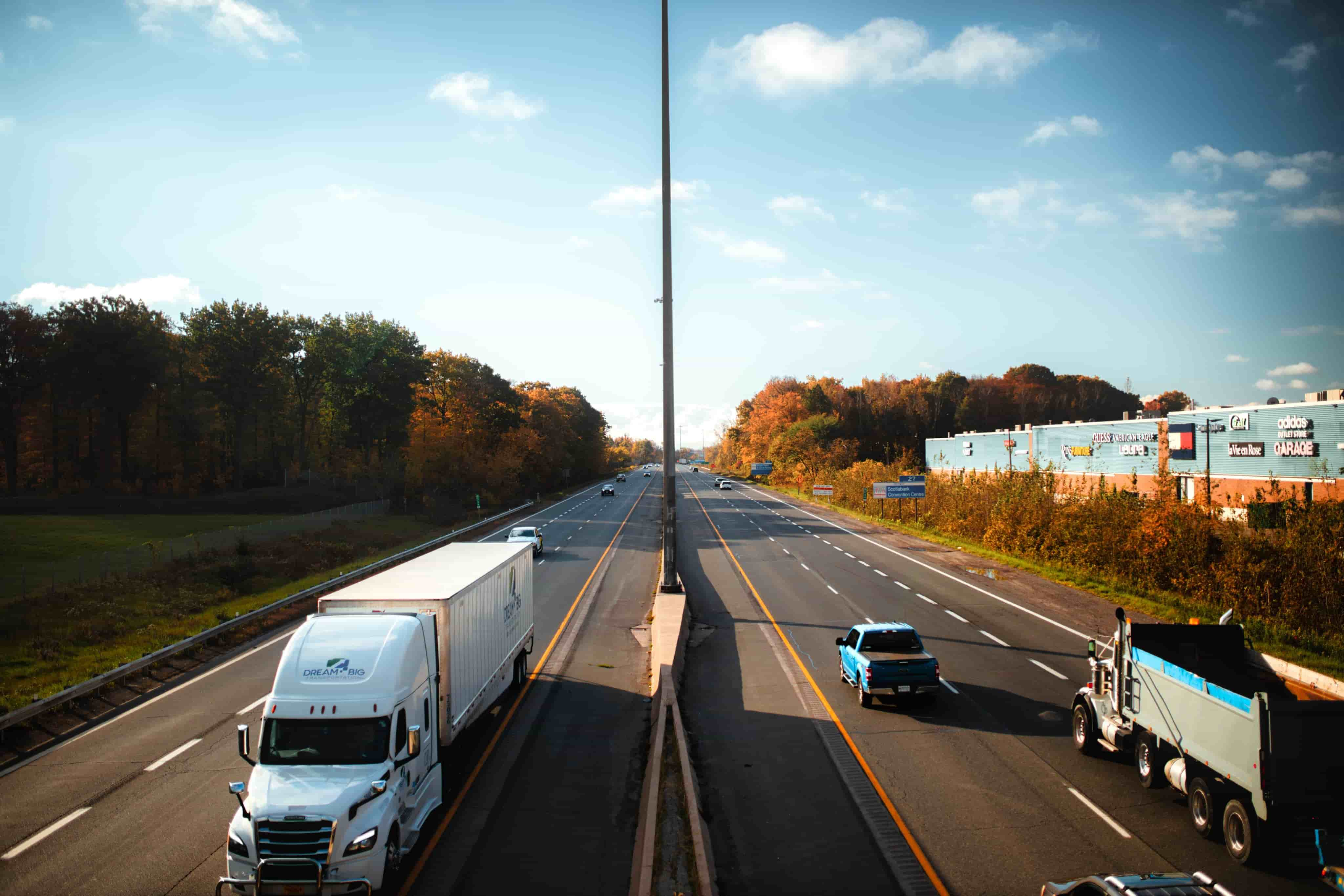
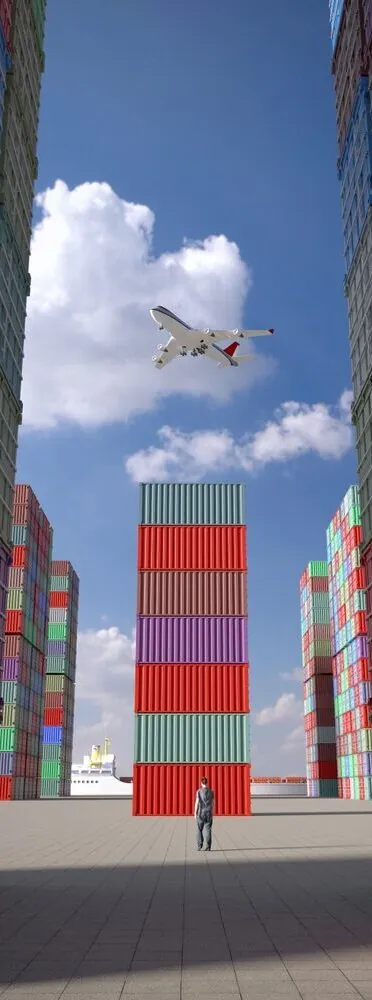
Factors Influencing Freight Drayage Costs
Understanding the factors influencing freight costs is essential for businesses to manage transportation expenses effectively. Several key factors can impact drayage pricing, including:
1. Distance: The distance traveled plays a significant role in determining costs. Longer distances typically result in higher transportation expenses due to fuel consumption, vehicle wear and tear, and driver labor.
2. Freight Volume: The volume of freight being transported can affect costs, as larger shipments may require additional handling or specialized equipment. Consolidating multiple shipments or utilizing total truckload capacity can help optimize costs.
3. Equipment Requirements: Specialized equipment, such as chassis or refrigerated trailers, may be required for certain types of cargo. The availability and cost of equipment can impact pricing, especially for oversized or high-value shipments.
4. Accessorial Charges: Additional services or charges, such as detention fees, wait time or accessorial services, can contribute to drayage costs. Clarifying any potential accessorial charges upfront is essential to avoid unexpected expenses.
5. Fuel Prices: Fluctuations in fuel prices can affect costs, as fuel is a significant expense for transportation providers. Businesses should monitor fuel prices and consider fuel surcharges when evaluating drayage quotes.
6. Seasonal Demand: Seasonal fluctuations in demand can impact costs, especially during peak shipping seasons or holidays. Increased demand may lead to capacity constraints and higher rates, while slower periods may offer opportunities for cost savings.
7. Regulatory Compliance: Compliance with regulatory requirements, such as environmental standards or safety regulations, can influence costs. Providers may incur additional expenses to meet compliance obligations, which can be reflected in pricing.
Considering these factors and working closely with drayage providers, businesses can develop strategies to optimize transportation costs while ensuring efficient and reliable freight movement.
Effective cost management is essential for maintaining competitiveness and maximizing profitability in today’s dynamic logistics landscape.
By optimizing the movement of goods over short distances, freight drayage helps reduce transportation costs and overall supply chain expenses. Consolidating shipments and maximizing vehicle capacity contribute to cost savings for businesses.
With their localized focus and specialized expertise, freight drayage providers streamline the logistics process, minimizing delays and optimizing delivery schedules. This efficiency translates to improved customer satisfaction and operational performance.
Efficient freight drayage operations contribute to reduced carbon emissions and environmental impact by minimizing unnecessary mileage and fuel consumption. This aligns with broader sustainability goals and corporate responsibility initiatives.
Drayage services facilitate seamless connectivity between different modes of transportation, such as ships, trains, trucks, and aircraft. By bridging the gap between various transportation networks, drayage providers enable efficient intermodal transportation, maximizing the benefits of multi-modal logistics solutions and supporting global trade and commerce.
Technology and Innovation in Freight Drayage
Technology plays a significant role in enhancing the efficiency and effectiveness of freight operations. From advanced tracking systems to digital platforms, innovative solutions transform how goods are transported over short distances.
Drayage providers leverage technology to optimize routes, track real-time shipments, and simplify customer communication.
GPS tracking, electronic logging devices (ELDs), and telematics systems enable precise monitoring of vehicle locations and performance, improving visibility and accountability throughout the transportation process.
Moreover, digital platforms and mobile applications facilitate seamless communication between shippers, carriers, and drivers, enabling efficient coordination and scheduling of services.
Automated booking systems, electronic documentation, and digital invoicing streamline administrative tasks, reducing paperwork and minimizing errors.
By embracing technology and innovation, freight providers can enhance operational efficiency, improve customer service, and drive business growth in an increasingly digital world.
Sustainability Initiatives in Freight Drayage
Sustainability has become a growing focus in the transportation industry, with businesses seeking ways to reduce their environmental footprint and mitigate climate change. Drayage providers are implementing various sustainability initiatives to minimize emissions, conserve resources, and promote eco-friendly practices.
One such initiative is adopting alternative fuel vehicles like electric, hybrid, or natural gas-powered trucks. These vehicles offer reduced emissions and lower fuel consumption than traditional diesel trucks, contributing to cleaner air and a healthier environment.
Drayage providers invest in fleet optimization technologies and driver training programs to improve fuel efficiency and reduce carbon emissions. Route optimization algorithms, idle reduction systems, and eco-driving techniques help minimize fuel consumption and vehicle emissions without compromising delivery schedules or service quality.
Initiatives such as port electrification, shore power facilities, and renewable energy integration are transforming port operations and reducing the environmental impact of freight activities.
By embracing sustainability initiatives, these providers can support corporate responsibility goals, meet regulatory requirements, and contribute to a more sustainable future for the transportation industry.
Challenges and Opportunities in Freight Drayage
While freight drayage offers numerous benefits, it also presents various challenges and opportunities for businesses operating in the logistics sector. Understanding these challenges and opportunities is essential for effectively managing drayage operations and maximizing business success.
One of the primary challenges in freight is the increasing demand for capacity, particularly in densely populated urban areas and major transportation hubs. Capacity constraints can lead to driver shortages, equipment availability issues, and delays in service, impacting supply chain efficiency and customer satisfaction.
Additionally, regulatory compliance requirements, such as hours-of-service regulations, safety standards, and environmental mandates, pose significant challenges for drayage providers.
Ensuring compliance with these regulations while maintaining operational efficiency requires careful planning, investment in technology, and ongoing training for drivers and staff.
Amidst these challenges lie opportunities for innovation, growth, and differentiation in the market. Advancements in technology, such as autonomous vehicles, predictive analytics, and blockchain solutions, present new possibilities for optimizing drayage operations and enhancing customer value.
Strategic partnerships, collaboration with other stakeholders, and participation in industry initiatives can help providers overcome challenges, expand their service offerings, and capitalize on emerging opportunities in the evolving logistics landscape.
By embracing innovation, fostering collaboration, and adapting to changing market dynamics, businesses can thrive in the competitive world of freight.
Safety and Security Measures in Freight Drayage
Safety is paramount in freight drayage operations, with providers implementing various measures to ensure the protection of goods, equipment, and personnel throughout the transportation process.
From driver training programs to cargo security protocols, safety and security are fundamental priorities for drayage providers.
Drayage companies prioritize driver safety through comprehensive training programs covering defensive driving techniques, cargo handling procedures, and regulatory compliance requirements.
Ongoing education and certification initiatives help drivers stay abreast of industry best practices and emerging safety trends, fostering a safety awareness and accountability culture.
Moreover, drayage providers employ advanced security measures to safeguard cargo against theft, damage, and unauthorized access. This includes the use of tamper-evident seals, secure parking facilities, and tracking technologies to monitor shipments in transit and deter potential security threats.
Prioritizing safety and security, drayage providers mitigate risks, protect valuable assets, and uphold their commitment to delivering customers reliable and secure transportation services.
Customer Service Excellence in Freight Drayage
Exceptional customer service is a hallmark of successful freight drayage operations, with providers striving to exceed customer expectations through personalized solutions, responsive communication, and proactive problem-solving.
Drayage companies prioritize responsiveness and accessibility, offering 24/7 customer support and real-time tracking capabilities to keep customers informed about the status of their shipments.
Clear and transparent communication channels ensure timely updates, address concerns promptly, and foster trust and confidence in the service provided.
Drayage providers tailor solutions to meet the unique needs and preferences of individual customers, offering flexible scheduling options, customized delivery services, and value-added capabilities such as cross-docking and consolidation.
Delivering superior customer service, drayage providers enhance customer satisfaction, build long-lasting relationships, and differentiate themselves in a competitive market landscape.
Industry Trends and Future Outlook in Freight Drayage
The freight industry continually evolves, driven by technological advancements, regulatory changes, and shifting market dynamics. Understanding key industry trends and anticipating future developments is essential for businesses to stay ahead of the curve and capitalize on emerging opportunities.
One significant trend shaping the future of freight is the rise of digitalization and automation technologies. From autonomous vehicles to blockchain-based supply chain solutions, digital innovations are revolutionizing drayage operations, enhancing efficiency, transparency, and traceability across the logistics ecosystem.
Additionally, sustainability and environmental stewardship are becoming increasingly important considerations for drayage providers and their customers.
The adoption of eco-friendly technologies, renewable energy sources, and green logistics practices is expected to drive the transition towards more sustainable and resilient transportation systems.
Evolving consumer preferences, market dynamics, and regulatory landscapes are reshaping the competitive landscape of the freight industry.
Strategic partnerships, mergers and acquisitions, and investments in infrastructure and technology are key strategies for staying competitive and capitalizing on emerging opportunities in the evolving marketplace.
Staying up-to-date on industry trends and embracing innovation, drayage providers can navigate change, drive growth, and remain at the forefront of the dynamic and ever-evolving logistics landscape.
Advantages of using FreightCenter as your drayage shipper

Efficiency
Our easy-to-use online platform streamlines the drayage process, saving you time and effort.

Cost Savings
Leveraging our carrier network and negotiating competitive rates ensures significant cost savings for your drayage shipments.
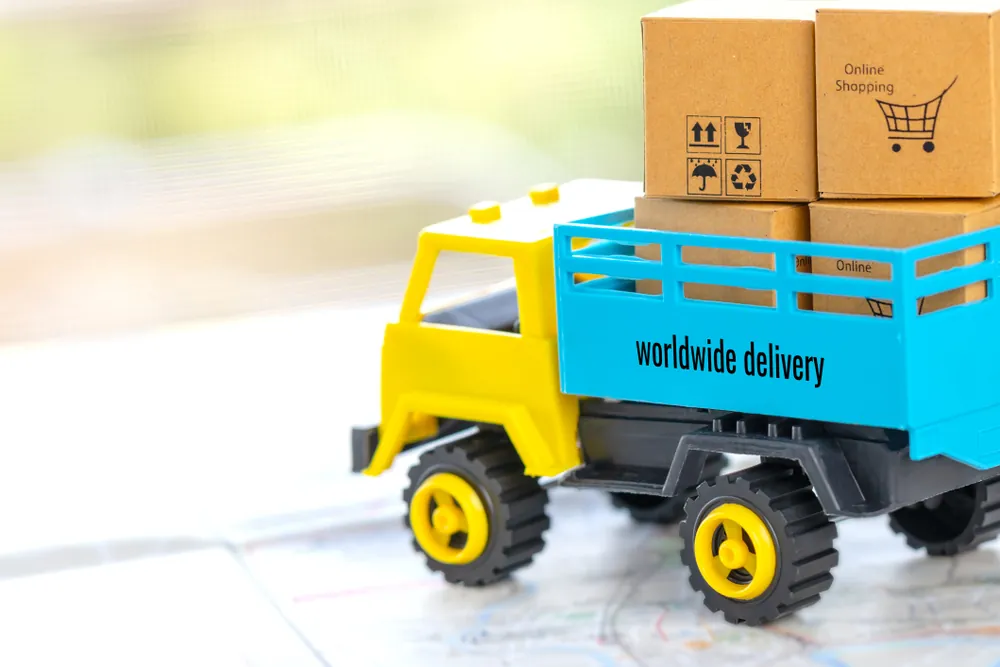
Reliability
Partnering with experienced carriers and offering 24/7 customer support ensures your drayage shipments arrive safely and on time, providing peace of mind throughout the shipping process.

